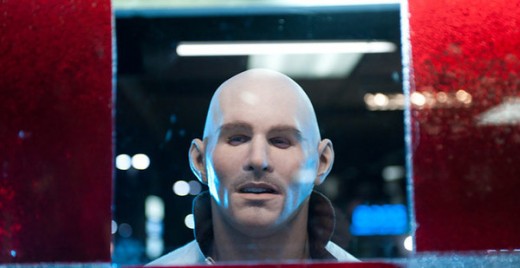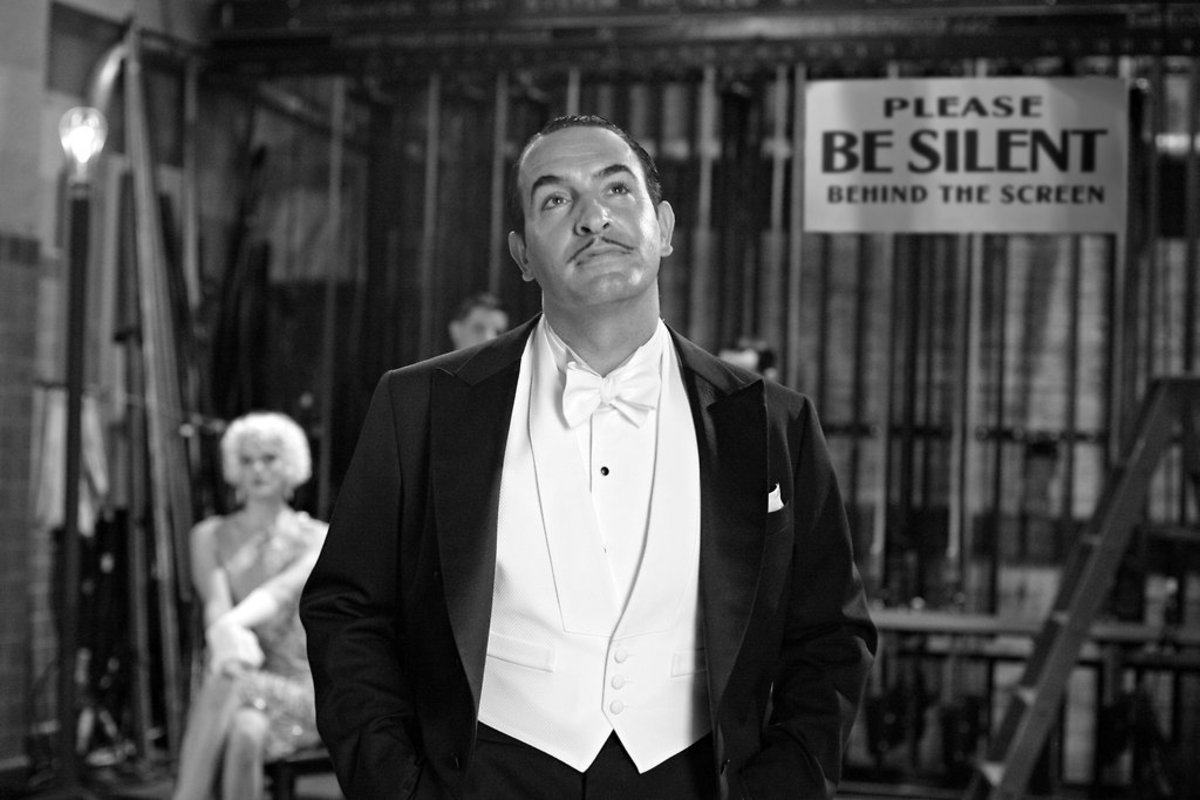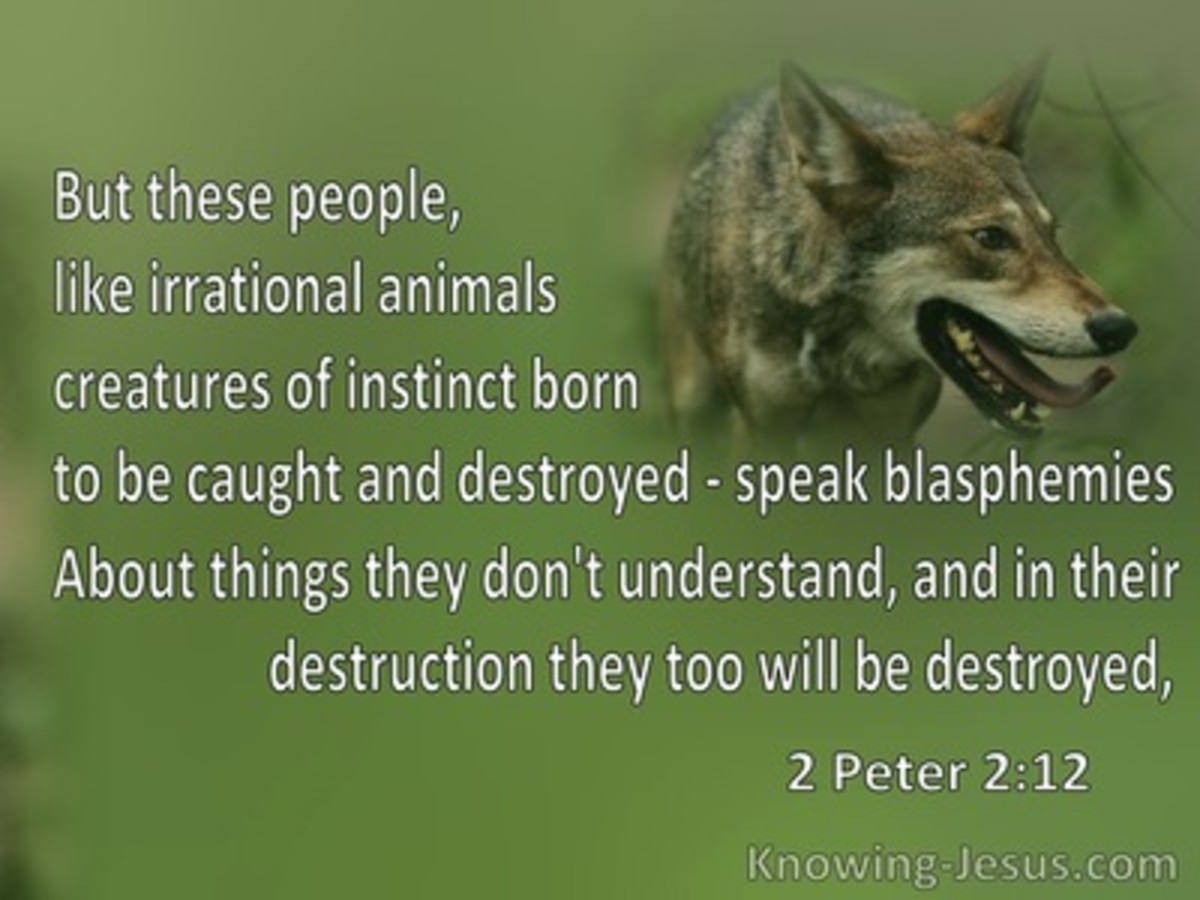How to Write Movie Dialogue

One of the most intricate elements of screenwriting is the dialogue, in my opinion. There are a myriad of factors to consider for each character. You gotta make them stand out, they gotta make the audience interested in the verbal (or nonverbal) exchange they engage in...
Note how I said "gotta," rather than "have to." Why did I do that? Well, firstly, it's a point I'm making. These little things make the character believable, depending on where they're from geographically. By making the way they speak believable, it'll be easier to move the story forward. I mean, really, bad dialogue is distracting and it makes it difficult for the audience to follow smoothly.
Do I say "gotta" rather than "have to" or "got to" in my real life? Yes and no. Me, personally, I grew up in an inner city type place where most people use slang, street language (and shoot each other daily). As a kid, I never adopted this way of speaking because I was introverted and therefore, I stayed inside more than I played football outside (although, I love football). While inside, I spent a lot of time watching movies (obviously) and I adopted many forms of speaking derived from various movies.
So, even today, I do tend to switch from different ways of speaking, but I'm well aware of it and it has helped me write my movies better too. Not to mention direct actors and even act myself in a more efficient way. I act in NOWHERE JOHNNY, you watch it here: https://www.youtube.com/watch?v=WC45tudPzm4 . Now I'm not saying I'm some master at screenwriting or making movies, but I have some knowledge from my indie filmmaking life, I do have fun with it and I'd like to share what I know with you.

One of the key things in writing dialog is style. You gotta have style in almost everything life. Heck, if you ask my peeps, I play basketball wearing a fedora hat. That's how I roll. 8-) Haha. Anyway, yes --
STYLE
Without style, your dialog will be dull and boring. Unless you're dull and boring, you would not welcome dull and boring with open arms. You don't want that in your movie. You want your movie to come off the screen when the characters are talking or even NOT talking (silence is another form of dialog because action can speak volumes if done properly). Note how sex scenes are usually very interesting, because it's not boring to make love. But as for the actual talking-talking, you need to be interesting if you want the audience to be interested in your flick. Example -- if you've seen Pulp Fiction... if you haven't, you MUST! It is such a vibrant and unconventional film that no other film has yet to emulate or capture its uniqueness properly! In short, it's f'n awesome.
......but I digress. Where was I? Right! If you've seen Pulp Fiction, you would've noticed how the dialog is leading the movie and how cool it is that it's doing so. Usually, the plot or the characters lead the way -- but in this specific movie, it's the mostly dialog! How mostly everything supplicates to the dialog, in my view. There are very distinctive styles to each character from the way they speak. Not only that, what they say is quite naturally catchy. You know when you subconsciously sing a song that you love and don't even realize it until you realize it? That's how Pulp Fiction feels like. If you've seen it, you know what I mean. If not, please go watch the movie. It's a good one. Then again, Quentin Tarantino is a genius filmmaker. It's supposed to be good.
However, constant dialog is not the only way of dialogue. The underrated masterpiece of a movie entitled Drive is a perfect example of dialog via action and great acting. The main character RARELY spoke and when he did, he didn't say much. But his actions spoke louder and his facial expressions -- though subtle -- spoke volumes. This style seems simple, but it's not. It's easy to have the character not talk, but it's not easy to have him seem interesting despite doing so. In Drive, it's done quite well. Do watch it if you haven't seen it.
Point is, know and try to master your style of dialogue for that particular movie you're writing!
The way we speak.
Always keep articulation in mind when writing a character's dialog. Many factors effect the way the characters speak. I speak the way I speak because I watched too many movies as a kid, I read a lot of scripts (not books), and I didn't adopt the street language some of the neighborhood kids did, so when I try to speak it in real life... it just sounds weird. I don't have an incisive way of speaking. It's just Jet. But for screenwriting, I have to know in a clear-cut manner why my characters speak the way they speak. Is he educated? Did he graduate from college or did he drop out of middle school/high school? Is she a Registered Nurse or a hard-working waitress? How would she speak at work if she was either or maybe even both depending on the story? How is she feeling at this moment and how would that effect her dialogue? Is she introverted or extroverted or both depending on her mood?
However, be wary of this. It may seem like you're adding an immense amount of depth and layers to the character (you're only adding to the bigger picture) by fleshing out how and why they talk the way they do, but it's not necessarily creating a believable human being. In fact, if you focus only on articulation as a way to develop your character, he or she can become a blatant stereotype. While it maybe all right for a less important character, it's not all right for the main characters of your movie. For example, I also love acting. In fact, it's my very first passion. As a kid, you don't say, "I wanna direct a movie like this!" No, you actually wanna be the characters in that screen. Now keep it in mind that it's easier for me (and fun) to write blogs on what I know via from who I am since -- yes -- I am somewhat narcissistic. Take it or leave it. lol.
Back to the point, though, when writing and discovering my character in NOWHERE JOHNNY, whose name is "JJ," I knew who he was because he's based on my some of my friends growing up and some of my family members-- who were/are street-like. They speak slang, they dress like rappers, and they live that certain way street guys live. While JJ is somewhat a wannabe and he doesn't dress like a rapper and necessarily talk street, I had to adopt that way of speaking for this character to an extent since his character isn't fully street and he's trying to change. I say "ain't," instead of "is," I say "hafta" instead of "have to," and I have to develop certain principles for the character I don't necessarily share.
JJ is in the NOWHERE JOHNNY TRAILER!
Other hubs by The Jet!
But by giving JJ a way of speaking, that doesn't mean I'm done writing him. I have to factor in other things that are inexorable to film dialogue -- at least in my experience. Every time JJ spoke, I had to make sure I knew what he wanted to get done by saying or doing this. What is he trying to accomplish? That's one of the things you have to keep in mind when writing -- what are you, as the writer, trying to accomplish by having this or that character do or say this? If you don't know, then you shouldn't write this scene until you know. You wouldn't go skydiving without considering why first... would you?
Maybe you're that impulsive, but I wouldn't. I'd think about why. I haven't done it before and it looks exciting -- hey, that's a good reason! Let's go! Point is, the dialog has got to have some sort of point. I wouldn't have JJ walk up to Johnny and say "I just bought a Red Bull" and that's it. I could add some more to it and turn it into a funny scene or transition it into a point. I can't just leave it there. Haha.
Less is more... in most situations
Unless you're a genius filmmaker like Tarantino who can make long dialogue seem poetic and yet concurrently easy to follow, you should keep your dialogue concise and prevent it from becoming a disarray of words or a long, boring speech (unless it's a speech scene, but those are usually at a fair length too). Remember, it's a movie. Not a play, not a novel, or a math book. A visual image can say a thousand things to an audience and you may not even need dialogue or just a little bit of it. If you write it correctly and keep it concise while doing so, it goes a long way to conveying what you're trying to convey.
Remember, long drawn out talking can slow down the story and make it dull -- you want your story to be interesting and move forward at the proper pace depending on the movie. Nobody likes to be bored at the movies. You can still have intelligent and thought-provoking dialogue, but the challenge is -- how do you keep it short? Oh, and also subtext. Learn it, love it -- because most of the time, the audience can't moved by dialogue that is right on the nose. It's just either corny or kinda unnatural. Subtext is a big part of great dialogue.
In closing...
...just start writing that movie. No excuses. And this blog does seem to somewhat contradict my other blog "How to Make Screenwriting Fun and Simple." However, that blog was meant for your first draft. This blog (or hub) is intended for when you dig in deeper.
And SUBSCRIBE to my YouTube channel for the latest.
Until next time. Peace out.








